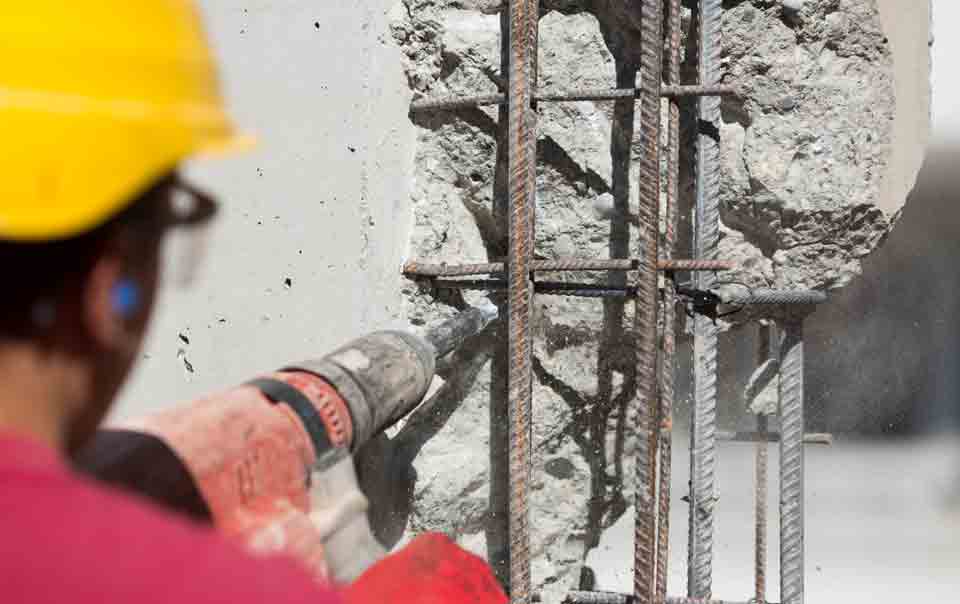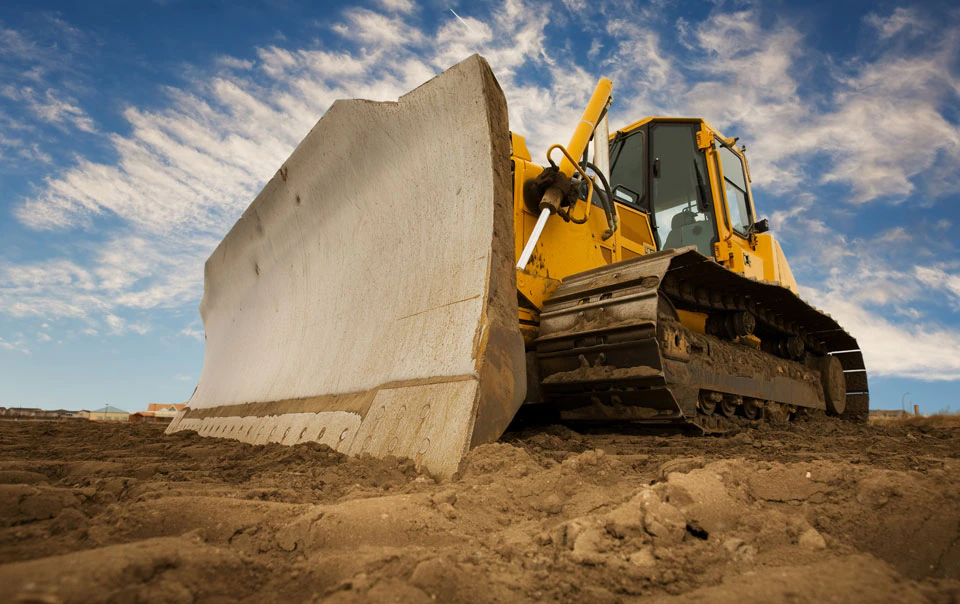Is Your Construction Operation Compliant with OSHA's Silica Standard?

From site preparation and excavation work to concrete cutting and demolition, construction companies need to ensure that their operations comply with the OSHA Respirable Crystalline Silica standard (29 CFR 1926.1153). The standard requires the construction industry to take steps to protect employees from exposure to respirable crystalline silica and outlines specific employee notification, medical surveillance, training and recordkeeping requirements.
About two million construction employees are exposed to respirable crystalline silica in more than 600,000 workplaces,1 according to the Occupational Safety and Health Administration (OSHA). Long-term overexposure may lead to silicosis, an incurable lung disease, as well as chronic obstructive pulmonary disease and kidney disease.
Here are some steps that construction companies can take to help them comply with the standard.
1. Identify specific work tasks and operations where potential silica exposure may occur. Silica may be generated during work with mined materials, including soil, sand, rock, stone or granite. Construction companies should identify any job task or operation where respirable crystalline silica may become airborne and inhaled. Specific construction activities that may generate silica include:
- Saw cutting and jack hammering of concrete or asphalt,
- Cutting and shaping stone,
- Excavation work,
- Site preparation,
- Dry sweeping, and
- Cleaning with compressed air.
2. Exposures to silica must be evaluated. Exposure to respirable crystalline silica can be evaluated one of three ways:
- Following parameters outlined in Table 1 of the OSHA Respirable Crystalline Silica Standard for Construction.
- Referencing applicable objective exposure data.
- Completing air monitoring.
OSHA has developed a table for construction work, listing specific tasks, required engineering methods, work practice control methods, and respiratory protection procedures to be closely followed. In the event that a certain task is not available in Table 1, the requirements of Table 1 are not followed as specified, or no objective data is available for the task, then air monitoring is required. Compare exposure monitoring results to applicable occupational exposure limits including the OSHA Permissible Exposure Limit (PEL) of 0.05 mg/m3 and the OSHA Action Level of 0.025 mg/m3 for respirable crystalline silica.

About the Industrial Hygiene Lab
To help with sampling strategies and complying with the new standard, Travelers offers customers access to technical bulletins, webinar replays and video vignettes, the Pump Loan Plus program, and Industrial Hygiene consulting.
3. Develop an exposure control plan for the identified tasks or operations. Identify work tasks that present a potential exposure to respirable crystalline silica. Include these work tasks in a written exposure control plan. Review work tasks and discuss with employees who can provide valuable insight into ways to reduce exposures, such as the engineering and administrative controls discussed below.
4. Implement engineering/administrative controls to minimize exposures as needed. Engineering controls should be considered first and can include local exhaust ventilation, dust suppression systems, such as misters, as well as use of power tools with integrated vacuum systems (following manufacturer instructions). Administrative controls include scheduling maintenance and high exposure operations when few employees are present, using job rotation schedules, and using work-rest schedules that limit the amount of time an employee is exposed to a hazard.
5. Determine the need for respiratory protection and/or a medical surveillance program based on exposure evaluation results. Respiratory protection may be necessary when engineering or work practice controls are not effective in minimizing employees’ exposure to respirable crystalline silica. For construction, required respiratory protection is defined by tasks listed in Table 1. If a task is not listed in Table 1, requirements are the same as general industry. General industry requires respiratory protection any time the PEL is exceeded.
6. Develop and provide employee training. Review and update your hazard communication training program to include silica-specific information, including tasks with potential exposure to silica. Construction companies are required to provide training on how to reduce risk of exposure, and to notify employees of results and corrective actions, if necessary. Companies must also maintain records of exposures and medical records if applicable.
Take the time to learn about Travelers construction insurance to make sure you’ve got the coverage you need.
Source




